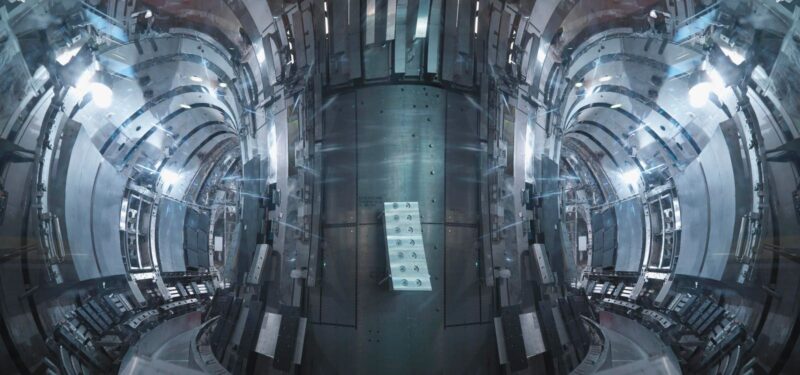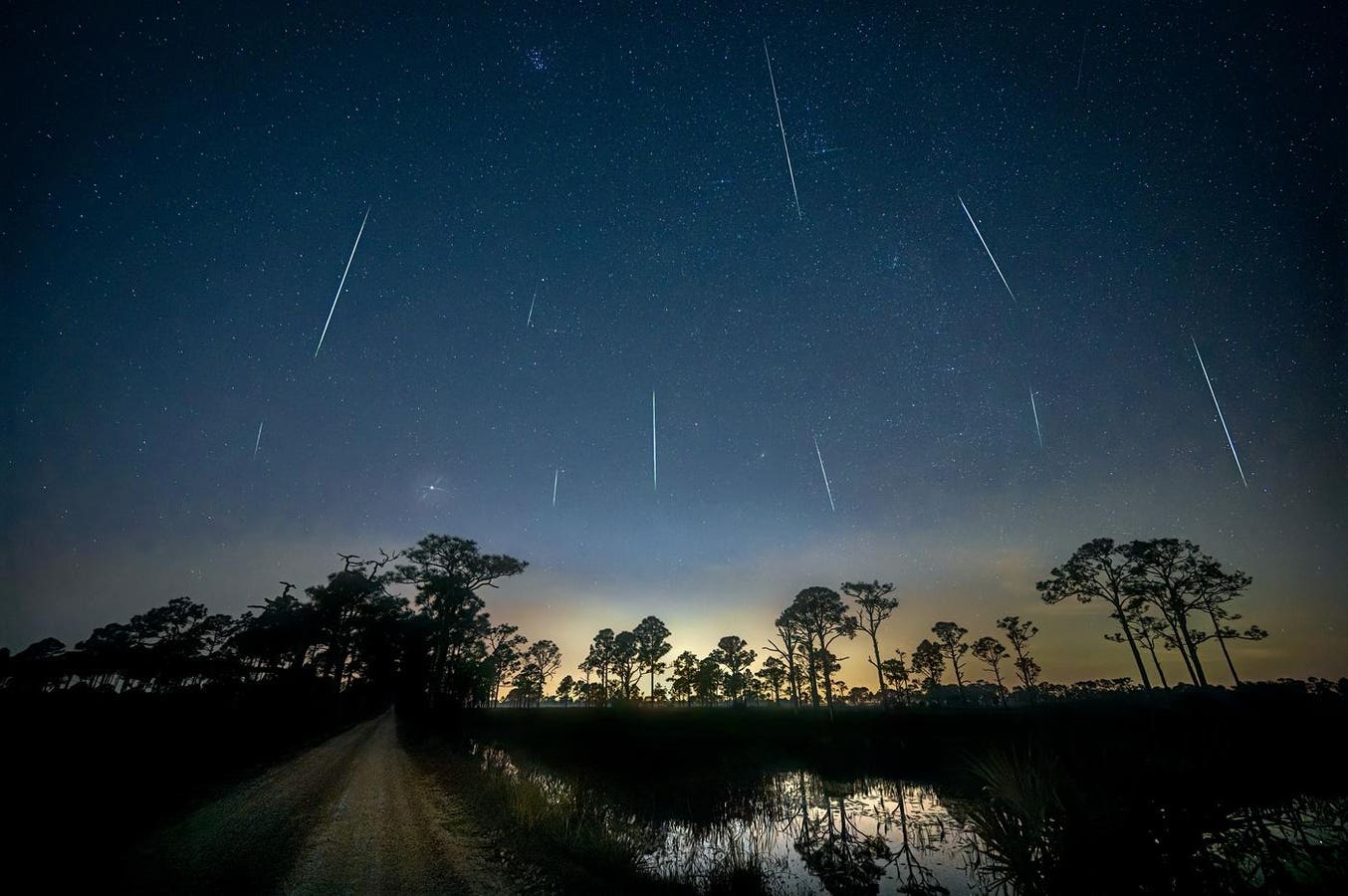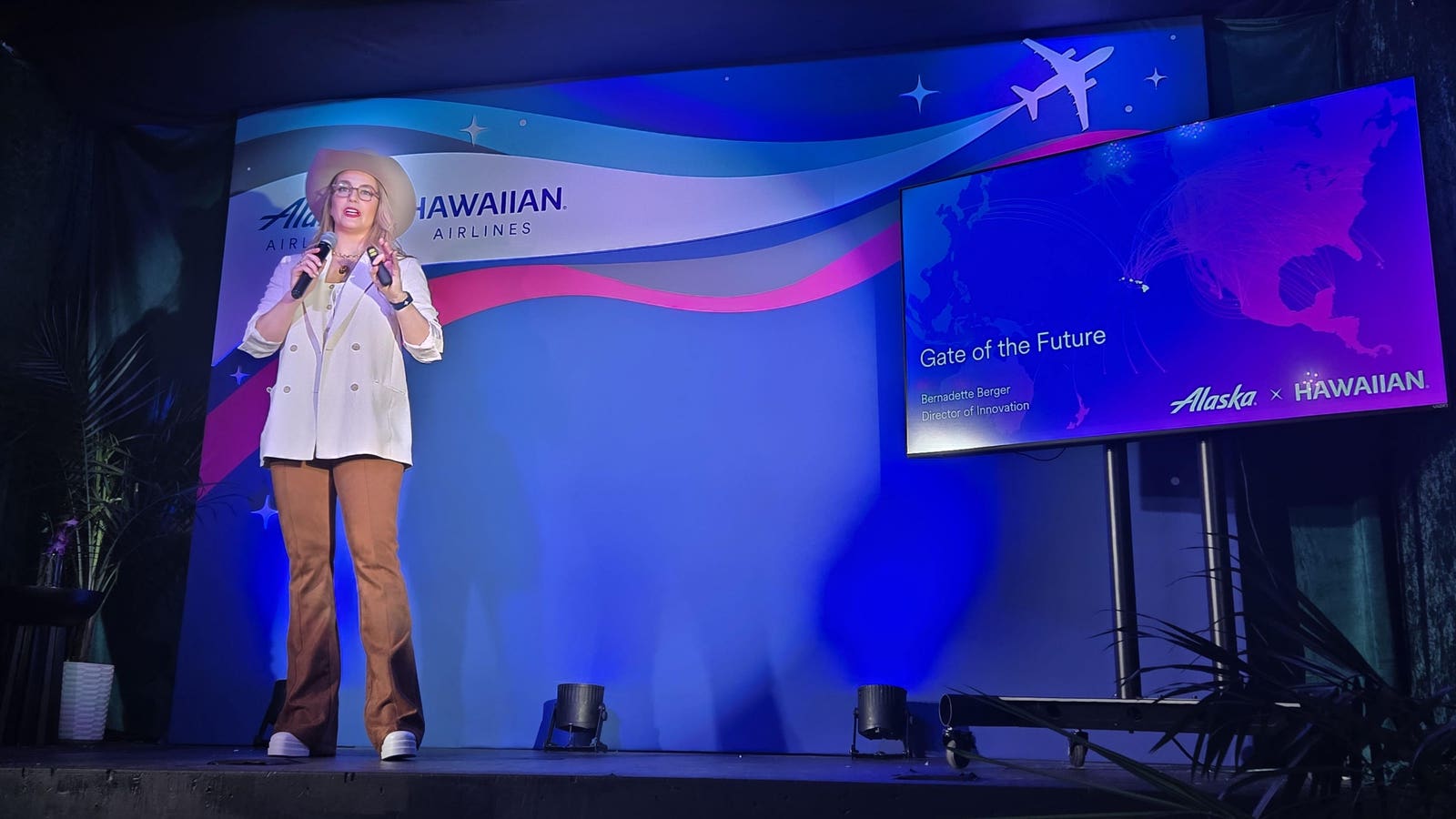Inside a fusion reactor.
getty
To hasten the commercialization of fusion energy, the U.S. Department of Energy has released a roadmap that includes creating critical infrastructure and deploying artificial intelligence.
The newly released Fusion Science and Technology Roadmap is to highlight the necessary roles played by private sector, science and technology stakeholders to advance fusion energy.
“For the first time, DOE, industry, and our national labs will be aligned with a shared purpose—to accelerate the path to commercial fusion power and strengthen America’s leadership in energy innovation,” Darío Gil, DOE’s Under Secretary for Science, announced recently.
Researchers are seeking to create fusion energy found in nature by replicating the process.
What the workforce would look like at a fusion energy plant.
U.S. Government Accountability Office
“Unlike traditional nuclear power, which relies on fission reactors to split atoms, nuclear fusion will likely be generated in machines designed to replicate the high-temperature and high-pressure conditions found in the Sun. These machines, such as tokamaks and stellarators, use powerful magnetic fields or lasers to heat and confine hydrogen isotopes until they fuse, releasing energy,” according to an explanation about fusion energy by the Nuclear Regulatory Commission.
The DOE intends for the roadmap to support the creation of public infrastructure through government and private partnerships in order for the private sector to “scale up” fusion energy during the next decade.
According to the 52-page roadmap, future fusion energy development needs to stakeholders to “build, innovate and grow” this industry to overcome important gaps in science, materials and technology “such as the breeding and handling of fusion fuels.”
DOE has outlined activities to achieve its goal that must be completed in with the next few years, from three to five years and up to a decade away.
The roadmap lists eight infrastructure areas that are vital to develop fusion power plants. These include high-performance computing/AI, nuclear-effects testing, fuel cycle development/testing, and plasma confinement and performance.
DOE noted in within the next two to three years it will pursue a variety of projects at activities on public, private and international facilities to close critical science and technology gaps.
At the same time, the agency is pinning its hopes on AI to “deliver breakthroughs in some of the greatest challenges for fusion energy including materials discovery and design, fuel-cycle self-sufficiency and potentially one of the greatest challenges in realizing sustainable ignited fusion plasmas: the loss of stable operation as the power and gain of the fusion engine reach controllability boundaries.”
DOE’s Focus on Fusion Energy
A researcher looks at part of a stellarator, which is a twisty fusion device.
Elle Starkman, Princeton Plasma Physics Laboratory
The DOE notes that scientists are looking at ways to mimic how nature creates energy when two light atoms form a heavier atom similar to what happens with the Sun.
“Commercial fusion energy has the potential to revolutionize the energy industry, help achieve energy abundance and security, and help meet the growing clean energy needs of the United States and the world,” DOE says.
The agency has been advocating developments in fusion energy as a means of providing provide heat and power.









